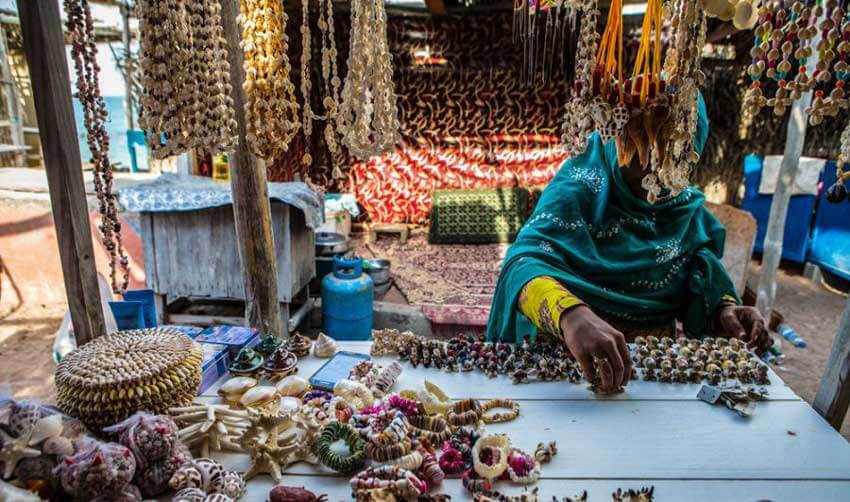Introduction Khang Island is one of the small and picturesque islands in the Persian Gulf, located near Bandar Abbas and Hormozgan Province in southern Iran. Due to its unique geographic features, high biodiversity, and environmental importance, Khang Island is a point of interest in scientific and research studies.
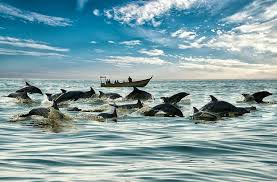
Geography and Location Khang Island, with an area of approximately 42 square kilometers, is situated about 12 kilometers from the southern shores of Iran and near Qeshm Island. Due to its geographical location, the island features unique natural landscapes and climatic conditions that significantly impact its biodiversity.
Biodiversity Khang Island, due to its unique geographic location and favorable climatic conditions, provides a diverse habitat for various plant and animal species:
- Plant Species: The island hosts a variety of native and drought-resistant plants. Halophytes such as “Saman Dena” and “Date Palms” are abundant on the island.
- Animal Life: The island serves as an important habitat for various birds, marine mammals, and reptiles. Notable animal species include dolphins, sea turtles, and various aquatic birds.
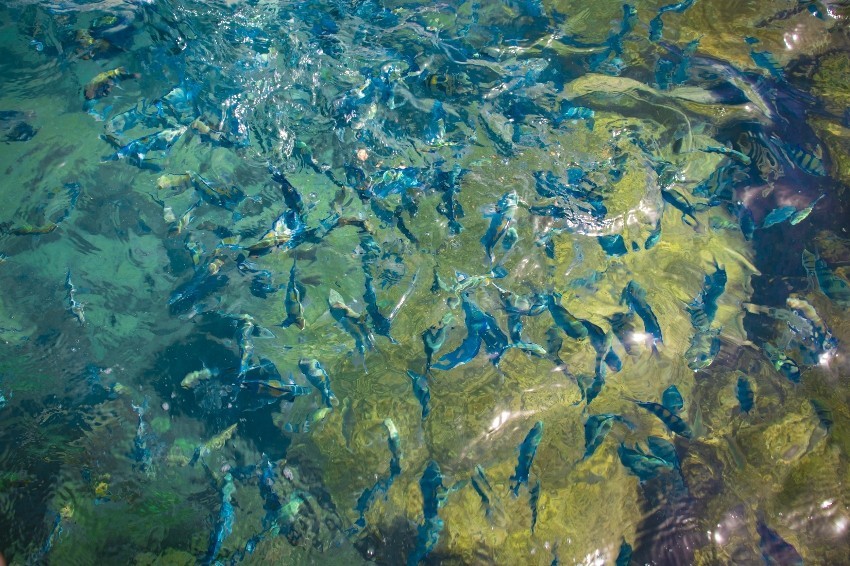
Environmental Threats Khang Island faces several environmental challenges that threaten its biodiversity and ecosystem quality:
- Marine Pollution: The introduction of oil spills and plastic waste into the marine environment poses a serious threat to marine life and the island’s ecosystem.
- Human Pressures: Increasing human activities such as illegal tourism and unauthorized construction exert significant pressure on the island’s natural resources and ecosystems.
- Climate Change: Global climate changes and rising temperatures have adverse effects on the island’s ecosystems, potentially leading to decreased biodiversity and altered biological patterns.
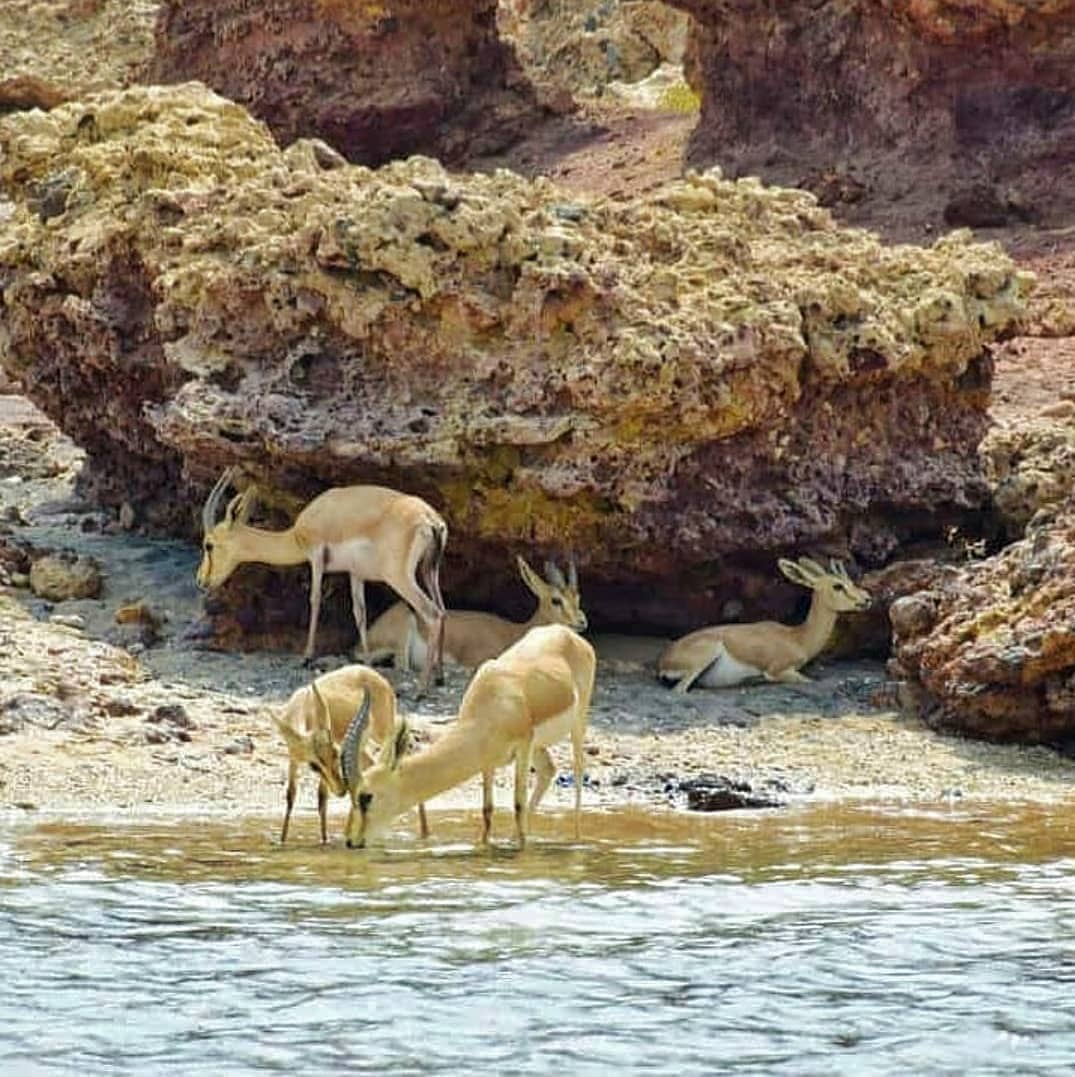
Conservation Efforts Efforts to protect Khang Island and maintain its biodiversity include:
- Protected Areas: Establishing protected areas and national parks to limit human activities and safeguard wildlife.
- Educational Programs: Implementing educational and awareness programs for tourists and local residents about the importance of environmental protection.
- Monitoring and Research: Continuous monitoring of the island’s environmental status and conducting research programs to assess various impacts on the ecosystem.
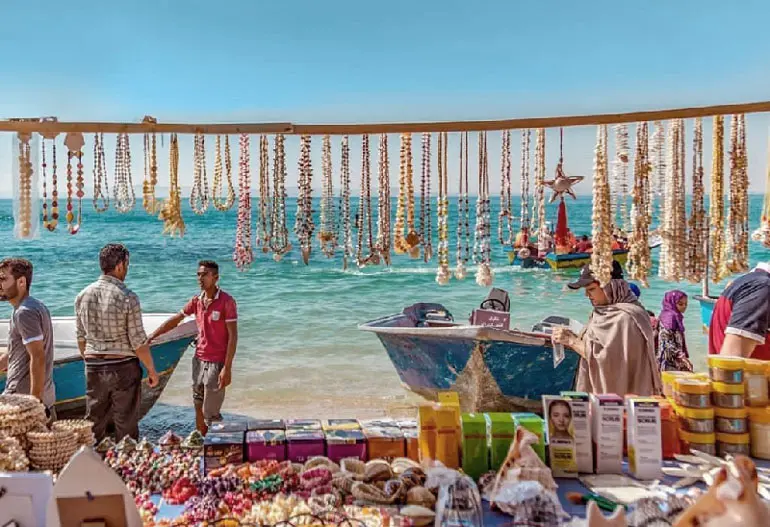
Conclusion Khang Island, with its unique geographic and biological features, is recognized as an ecologically and environmentally significant area in the Persian Gulf. Despite facing environmental threats, conservation efforts and resource management programs contribute to preserving and enhancing the island’s environmental status. Protecting this island and its biodiversity requires ongoing collaboration between authorities, researchers, and local communities.
